By Louise Irvine
Minton’s Majolica ware was launched in the Crystal Palace at the 1851 Great Exhibition in London. 150 years later, Dale Chihuly began his Garden Cycle at Garfield Park Conservatory. This vast glasshouse in Chicago dates from 1880 and has been described as “landscape art under glass.” We plan to recreate Chihuly’s iconic Macchia Garden at our new Hollywood location as well as a Victorian conservatory vignette featuring Majolica garden statuary, jardinières, and urns.
Garden and Glass
Chihuly’s Garden and Glass in Seattle has at its center a 40 feet tall glass structure of light-filled space. The pioneering American artist has had a lifelong appreciation for the great 19th century glass palaces clad in sheets of handblown glass. One of his favorites is the Temperate House at London’s Kew Gardens, the world’s largest surviving Victorian glasshouse where he first exhibited in 2005. He also loves the upside-down boat form of the Palm House at Kew. Florida residents will remember Chihuly’s spectacular exhibitions at Fairchild Tropical Botanic Garden in 2006 and 2014.
Horticultural Hothouses
In the early 1800s, new expertise with sheet glass manufacture and cast-iron construction, developed during the Industrial Revolution, brought exciting opportunities for buildings, particularly botanical glasshouses. One of the first great English conservatories was built by Joseph Paxton for the Duke of Devonshire at Chatsworth in Derbyshire. Paxton studied horticulture in London before being appointed head gardener at Chatsworth where he supervised 22 hothouses. His Great Conservatory, completed in 1840, was 277 feet long and covered ¾ acre. It was considered an engineering marvel of the age and was visited by Queen Victoria.
Orchid Mania
Paxton’s Great Conservatory housed a huge collection of orchids which were difficult to cultivate in northern climates. Many of the 80 species were exquisitely rendered by Royal Doulton artist, David Dewsberry, who specialized in painting bone china vases and cabinet plates. Sadly, the huge cost of heating and maintaining the Chatsworth Conservatory led to its demolition in 1920. Today, the Million Orchid Project at Fairchild Gardens helps to conserve the exotic blooms for all to enjoy. Orchid Mania also thrives at WMODA special events and we feature real orchid jewelry in our museum shop.
The Crystal Palace
Paxton also founded two horticultural and botanical magazines before being commissioned to design the ground-breaking Crystal Palace to house the Great Exhibition in 1851. Minton’s Majolica ware was first shown in this vast glass palace and their colorful ceramic urns and statuary became a feature of conservatory furniture throughout the 19th century. Minton’s monumental stork sculpture by John Henk was copied by rival Majolica factories and WMODA features two different versions. In 2000, Minton planned a miniature reproduction of their impressive Majolica peacock statue for their Millennium Archives collection. Standing 5 feet tall, the peacock was modeled in 1873 by Paul Comolera, a brilliant French animalier sculptor who also worked for the Boulanger factory at Choisy le Roi in Paris. Comolera’s studio was like a menagerie filled with animals, birds, fish and reptiles which he modeled from life for Majolica ware.
Gardening Under Glass
After the high tax on glass was abolished in 1845, wealthy landowners vied with each other in the creation of their own Crystal Palaces adjacent to their country houses and villas. In the winter, the conservatories housed tender exotic plants and, in the summer, they became jungle ballrooms and ideal venues for Victorian ladies to take afternoon tea, receive gentlemen callers, and proposals of marriage. Several British potteries specialized in producing garden seats, tables and jardinières for the Victorian conservatory including Minton, George Jones and Royal Doulton. By the end of the century, even the less affluent had at least a modest sized conservatory annexed to the drawing room in which the lady of the house could dabble at gardening without sullying her voluminous gown.
Moorcroft Gardens
In more recent times, the Moorcroft Pottery in Stoke-on-Trent has created garden décor for the Royal Horticultural Shows at Tatton Park in Cheshire (2008) and the renowned Chelsea Flower Show in London (2013). Talented designers in Moorcroft’s modern studio designed tile panels with floral designs which were made into tabletops. The Moorcroft tables were a feature of The Seduction of the Flower exhibition at WMODA in 2015 together with dramatic flower arrangements by Suzanne Delawar Studios. We look forward to seeing WMODA in bloom again with the fired arts when we reopen later in the summer.
Read more…
A Potted History of Jardinières
Orchid Mania at WMODA
Gardens of Glass
Glazed Expressions
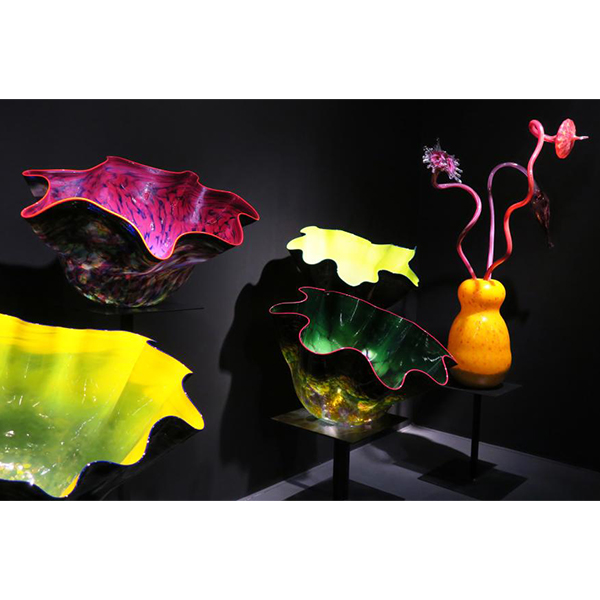
Chihuly Machia Garden and Ikebana WMODA
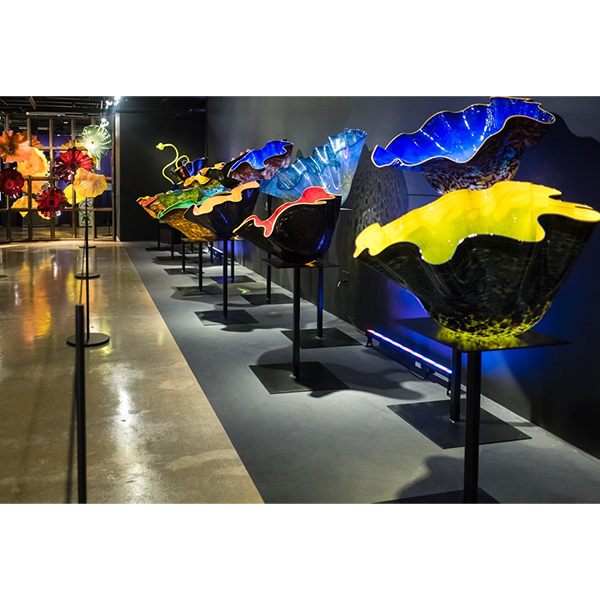
Chihuly Macchia Garden and Persian Wall WMODA
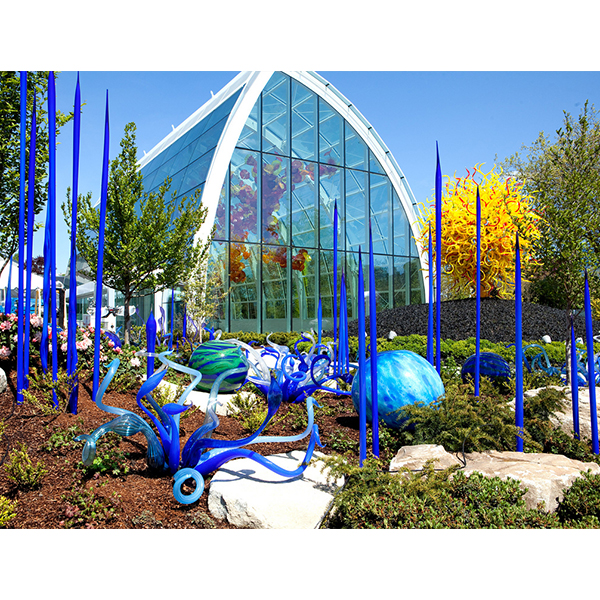
Chihuly Garden and Glass Seattle
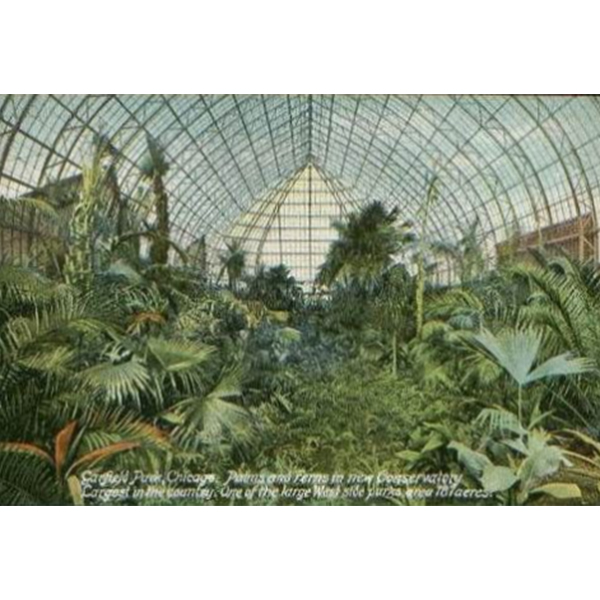
Garfield Park Conservatory Postcard
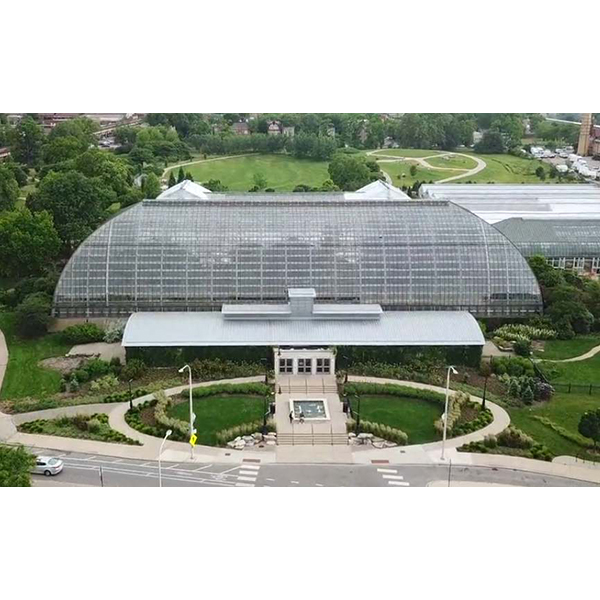
Garfield Park Conservatory Chicago

Chihuly Machia Garden and Ikebana WMODA
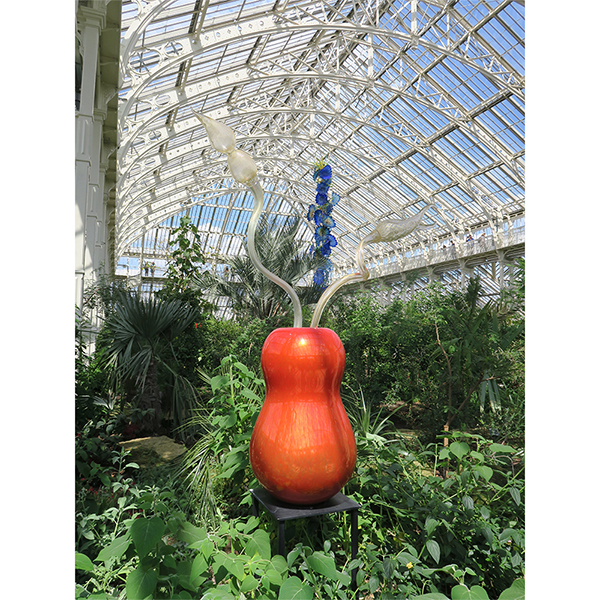
Chihuly Ikebana at Kew
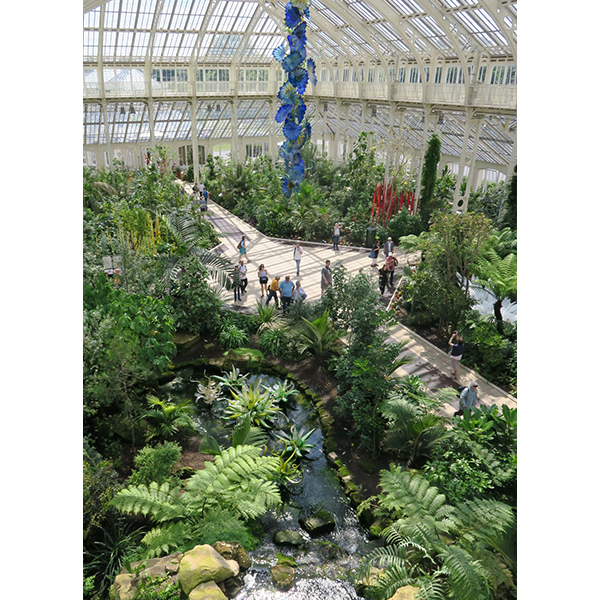
Chihuly at Kew Temperate House
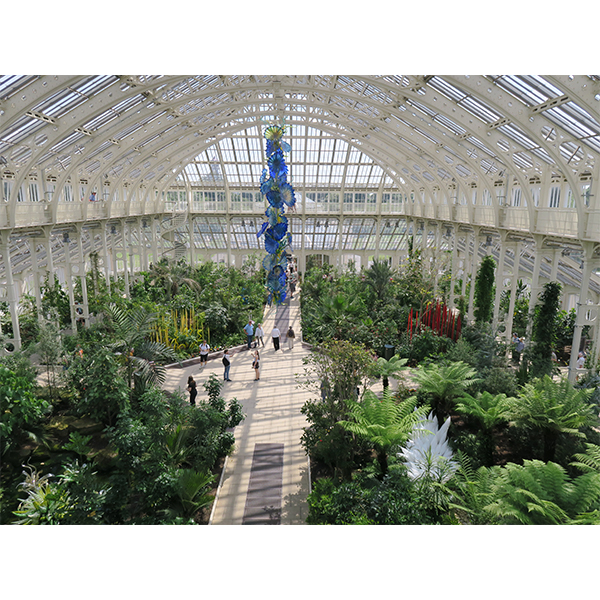
Chihuly at Kew
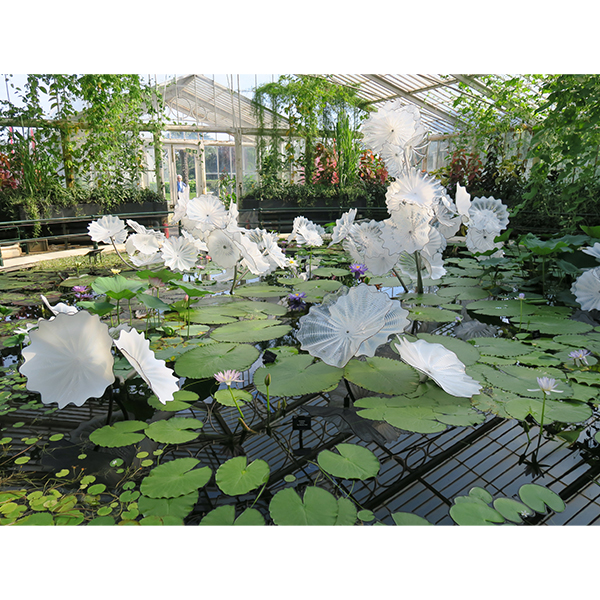
Chihuly at Kew
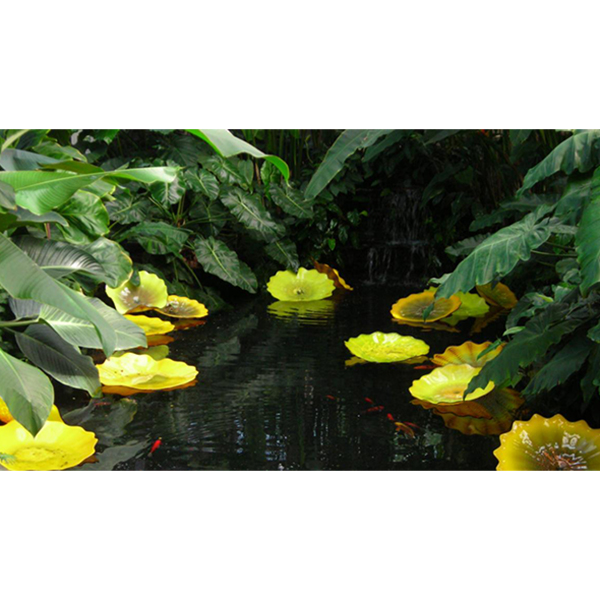
Chihuly at Garfield Park Conservatory
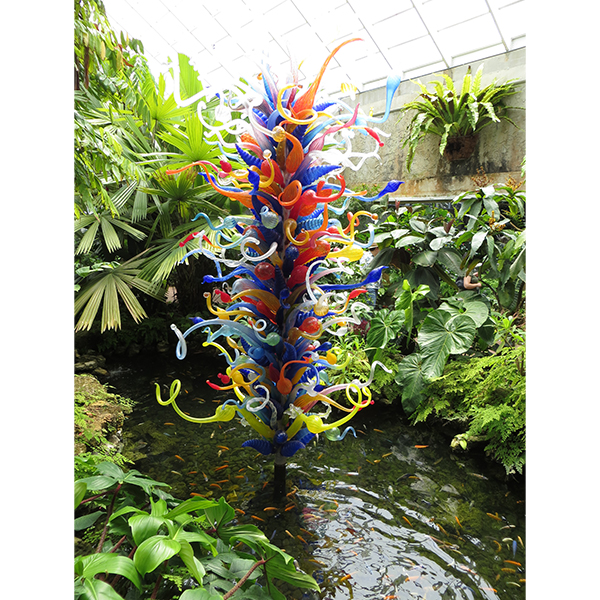
Chihuly at Fairchild Gardens
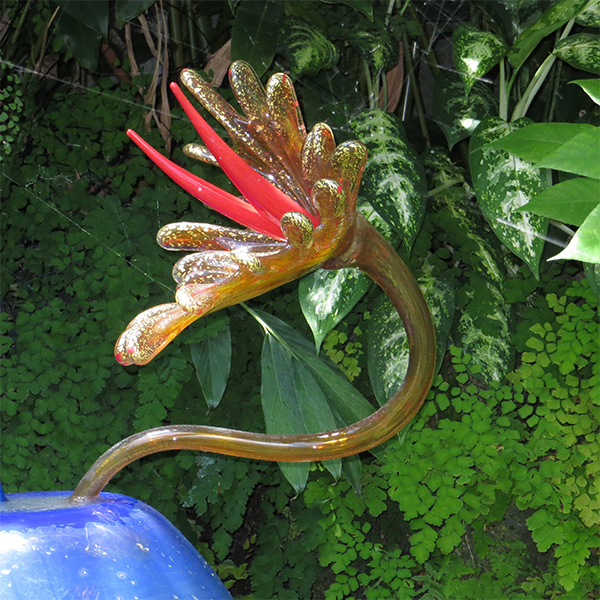
Chihuly at Fairchild Gardens
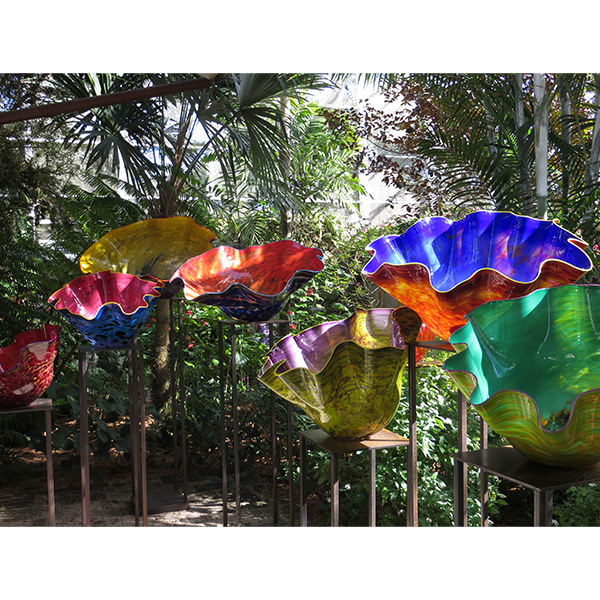
Chihuly at Fairchild Gardens
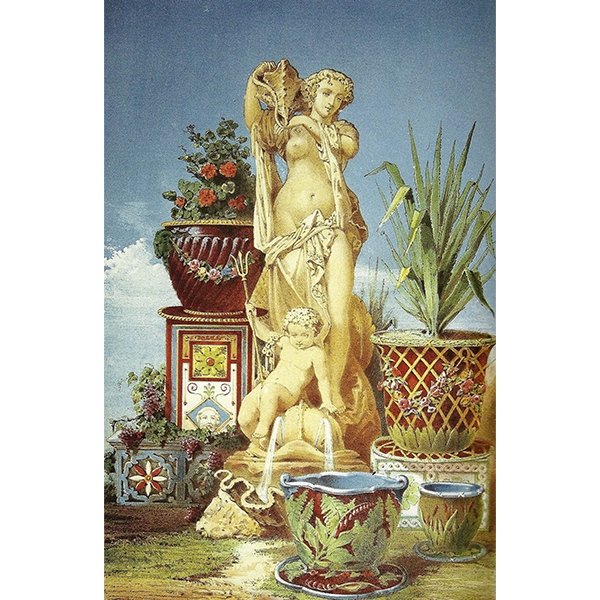
Minton Galatea Great Exhibition
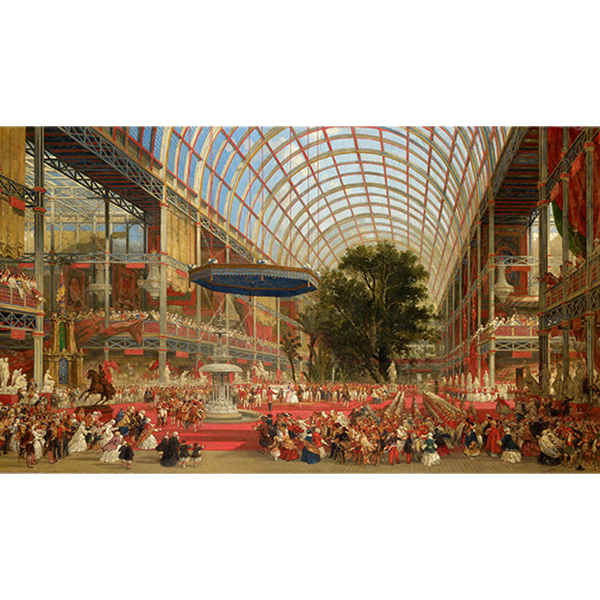
Great Exhibition Crystal Palace Interior
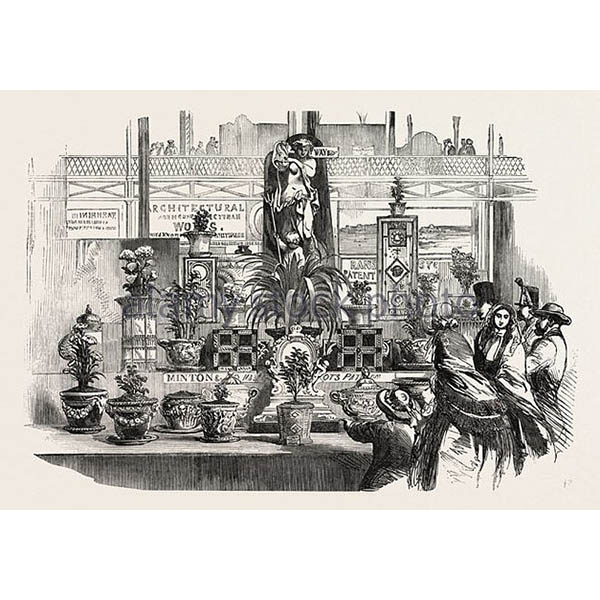
Minton at Great Exhibition
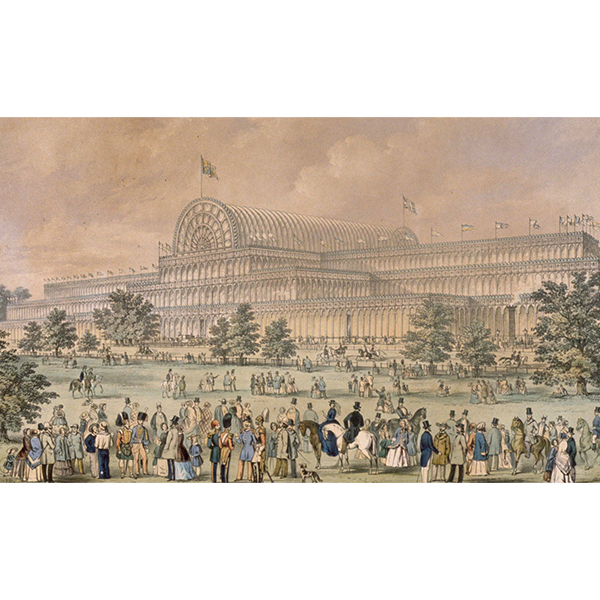
Crystal Palace Great Exhibition
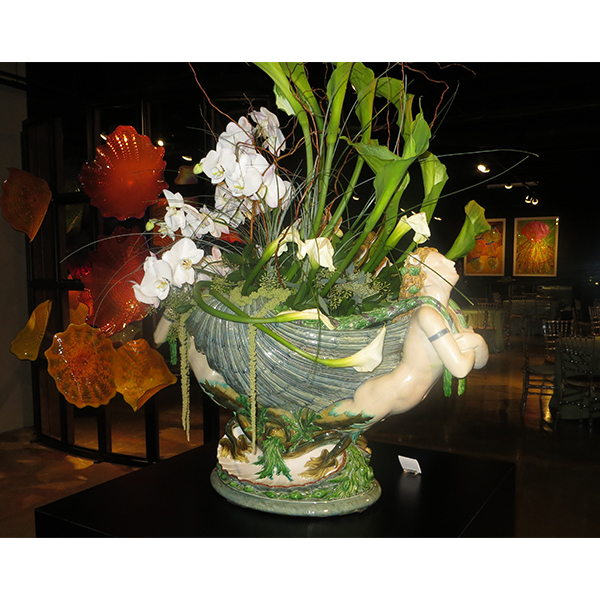
Minton Majolica Mermaids with Orchids
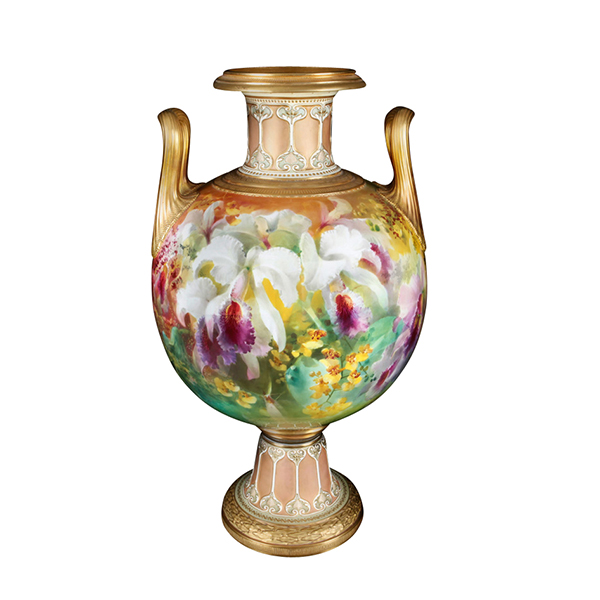
Monumental Doulton Orchid Vase D. Dewsberry
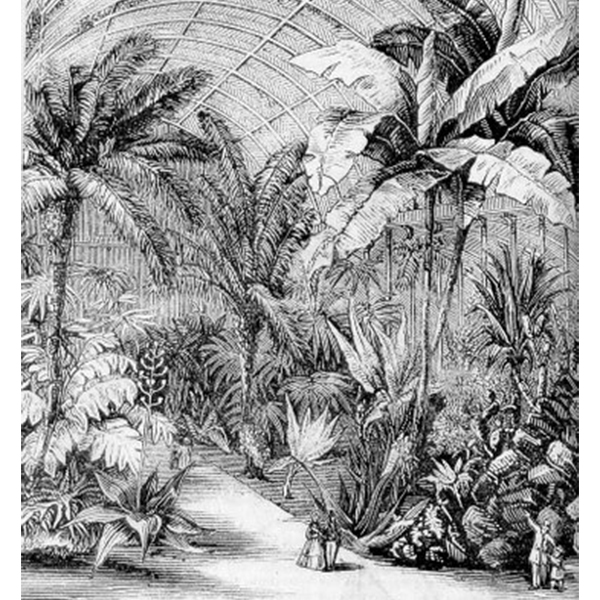
Chatsworth Great Conservatory
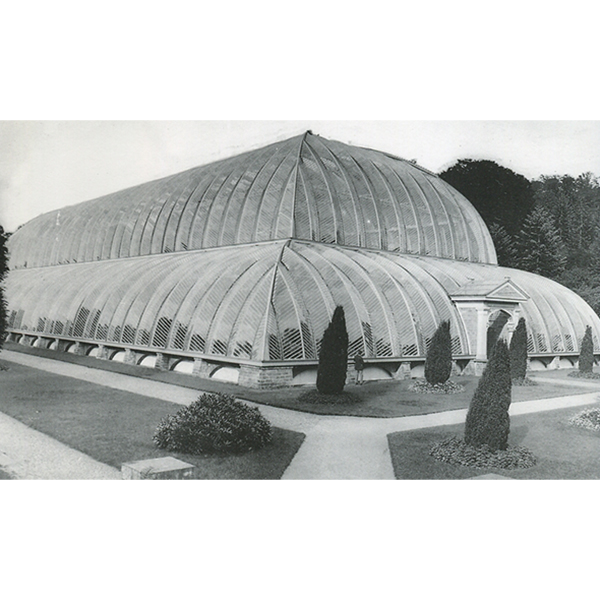
Chatsworth Great Conservatory
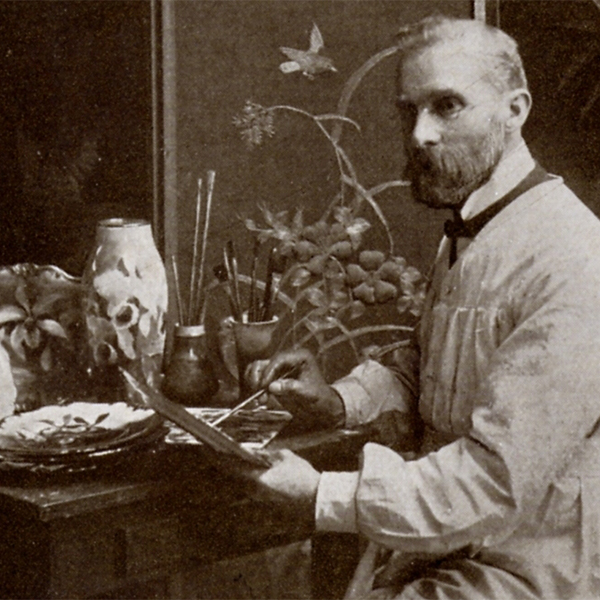
David Dewsberry at work
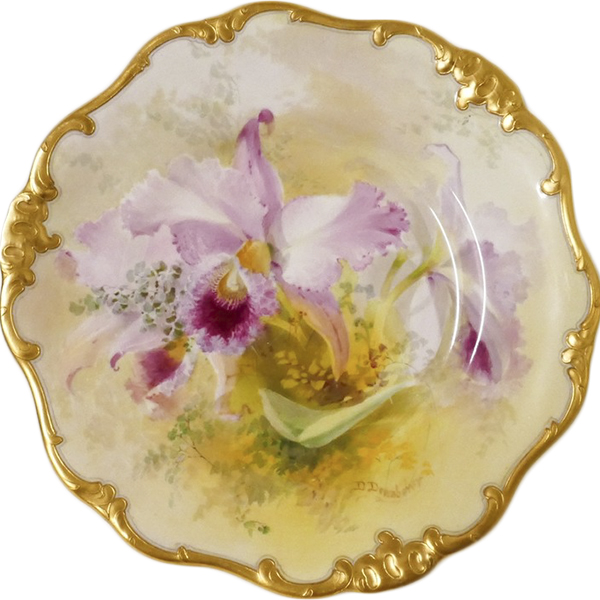
Royal Doulton Orchid Plate D. Dewsberry
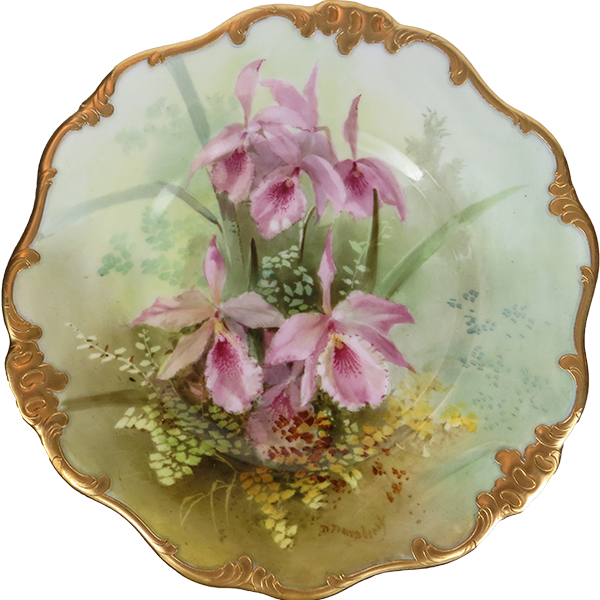
Royal Doulton Orchid Plate D. Dewsberry
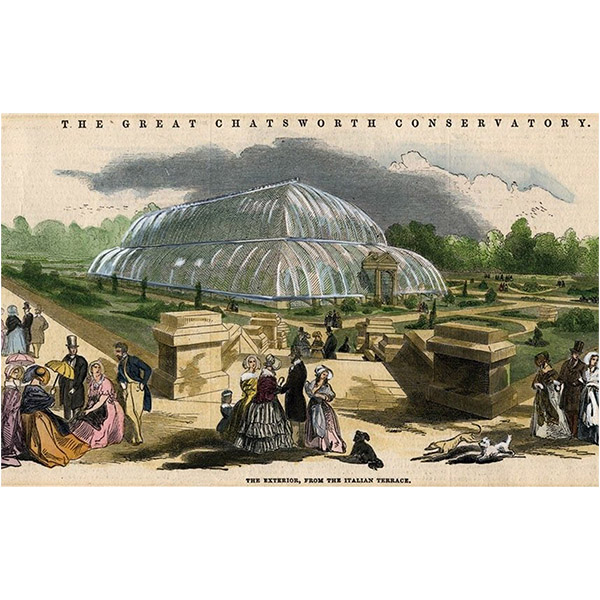
The Great Chatsworth Conservatory
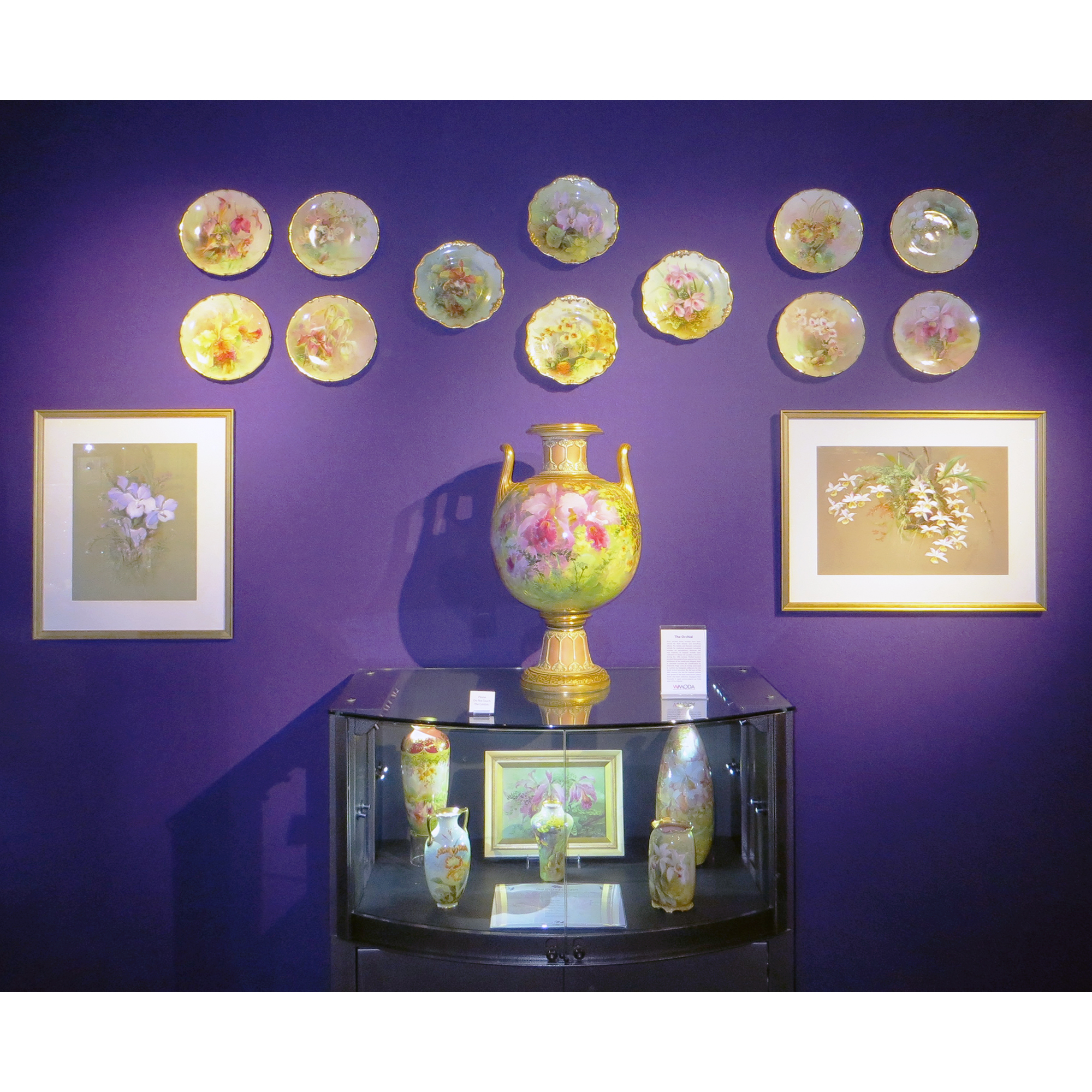
Orchid Garden WMODA
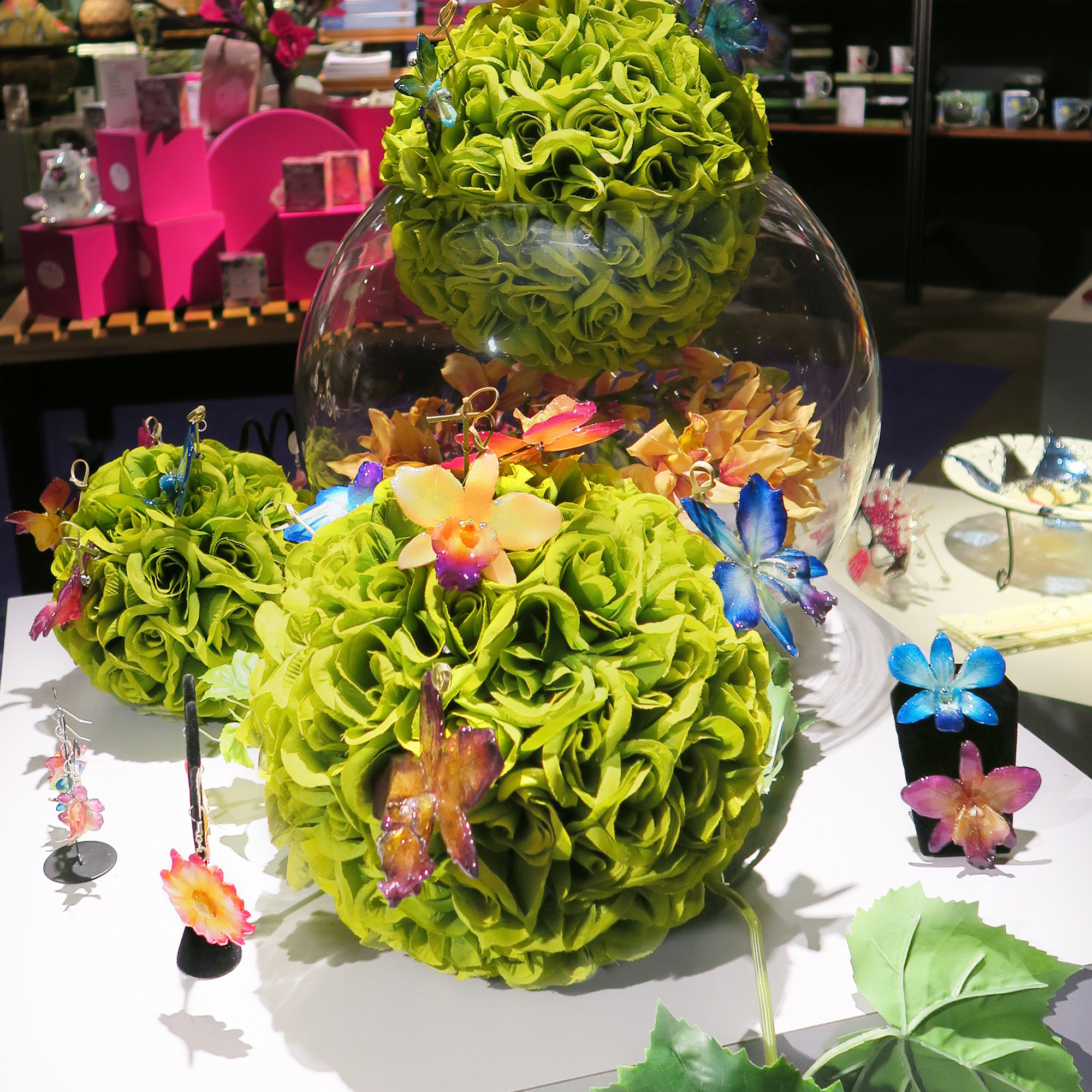
Orchid Jewelry WMODA
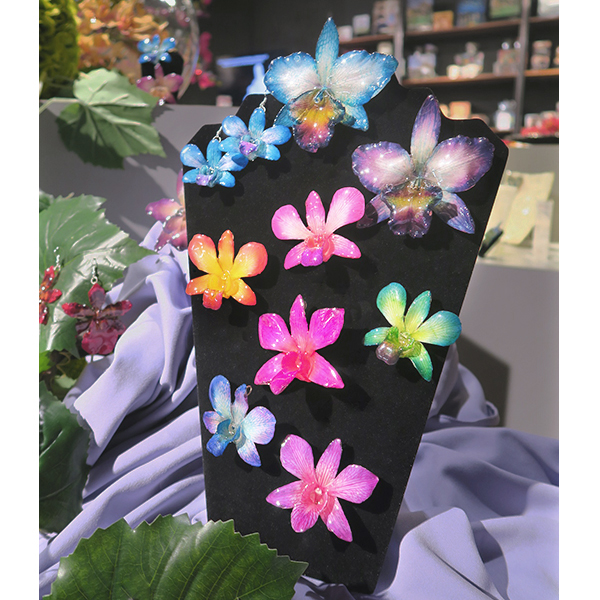
Orchid Jewels WMODA
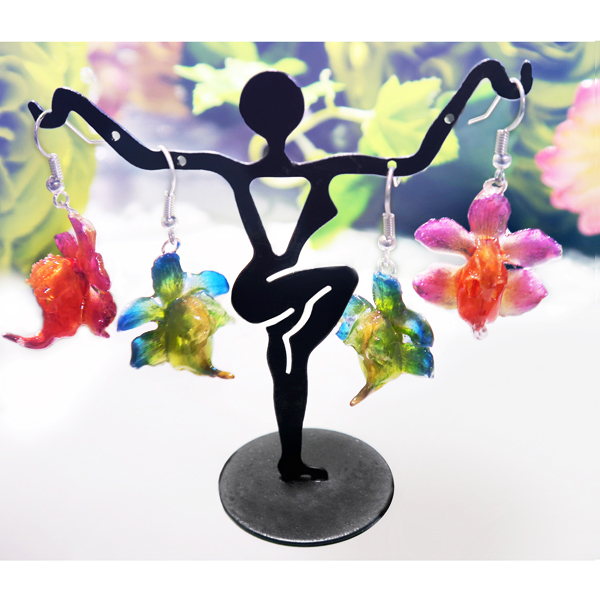
Orchid Jewels WMODA
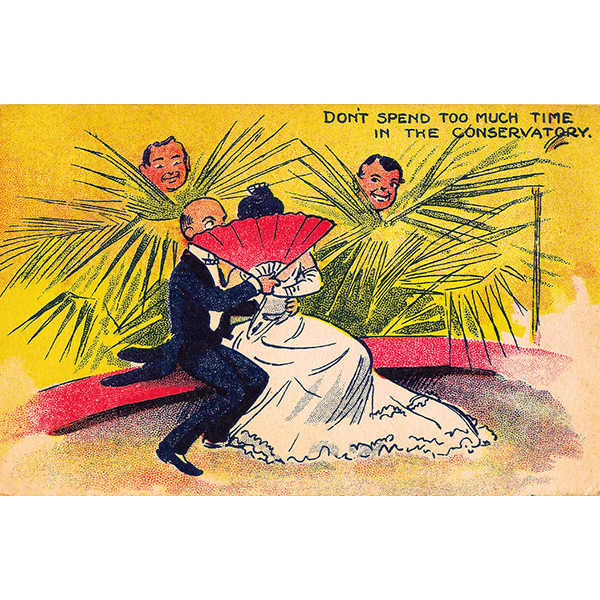
Humorous Victorian Postcard
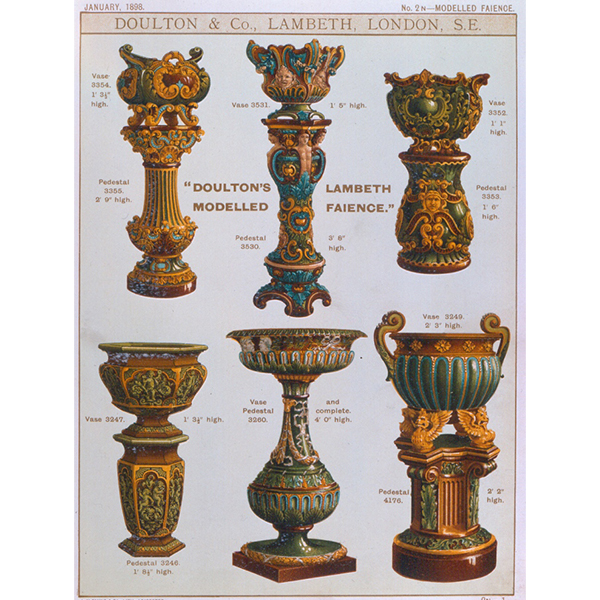
Doulton Majolica Catalog
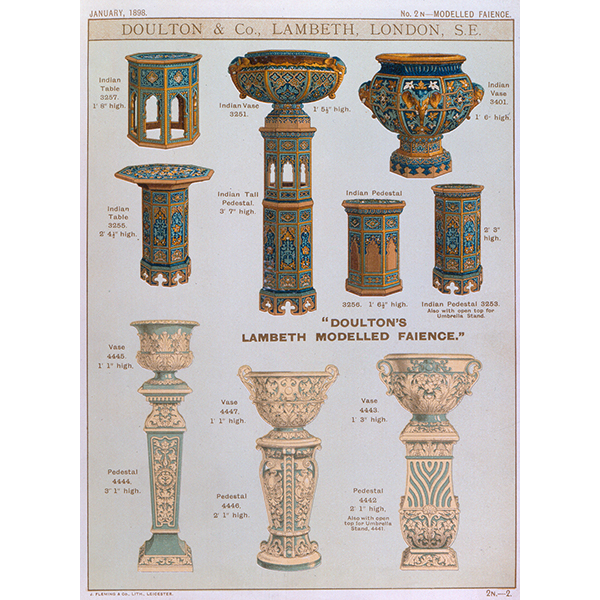
Doulton Modeled Faience Catalog
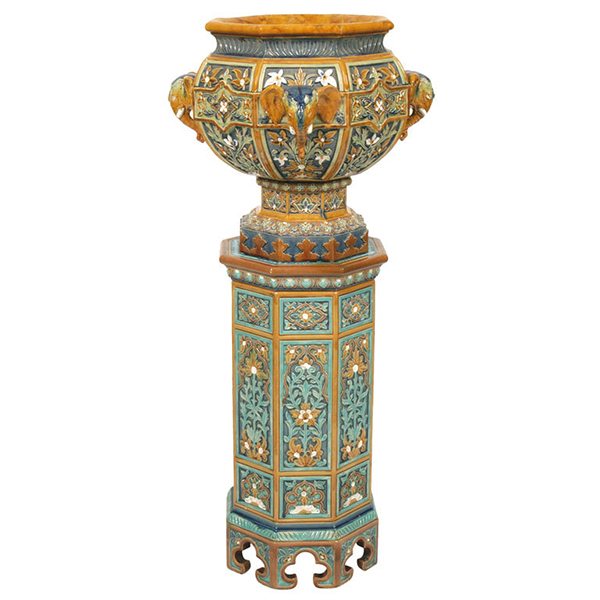
Doulton Indian pedestal and jardiniere
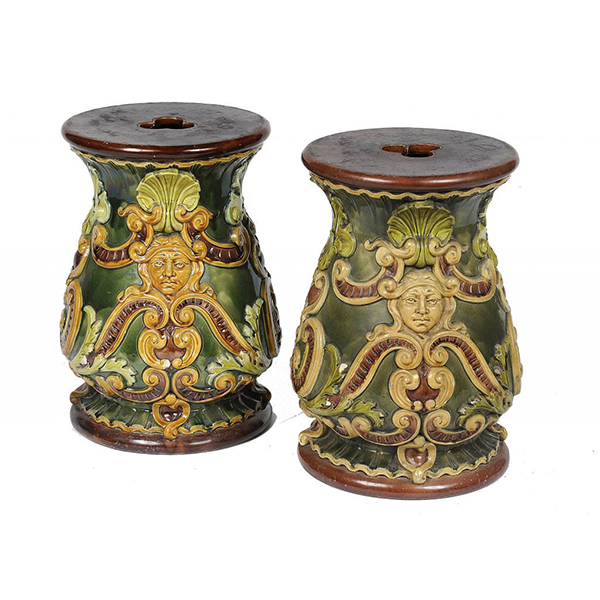
Doulton Majolica garden seats
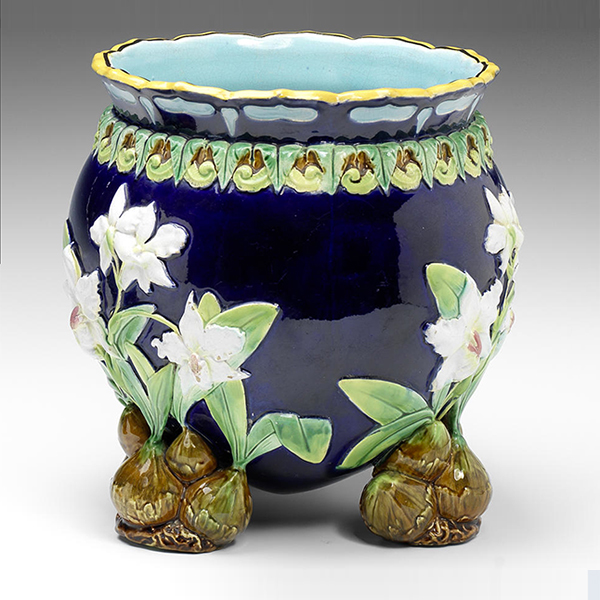
George Jones Cachepot
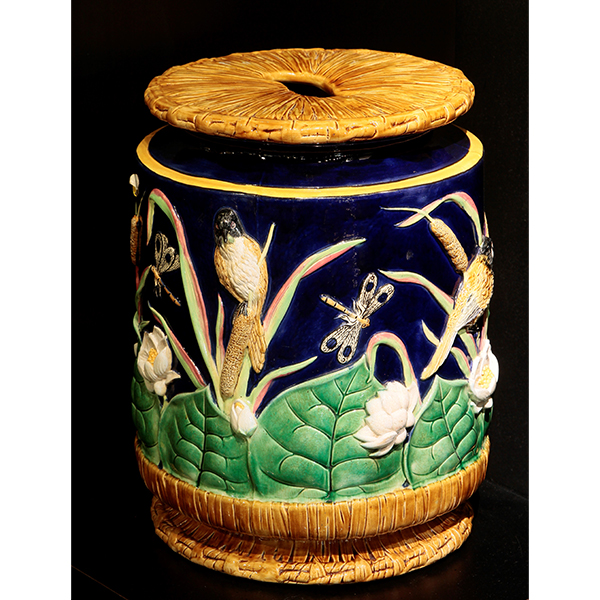
George Jones Majolica Garden Seat
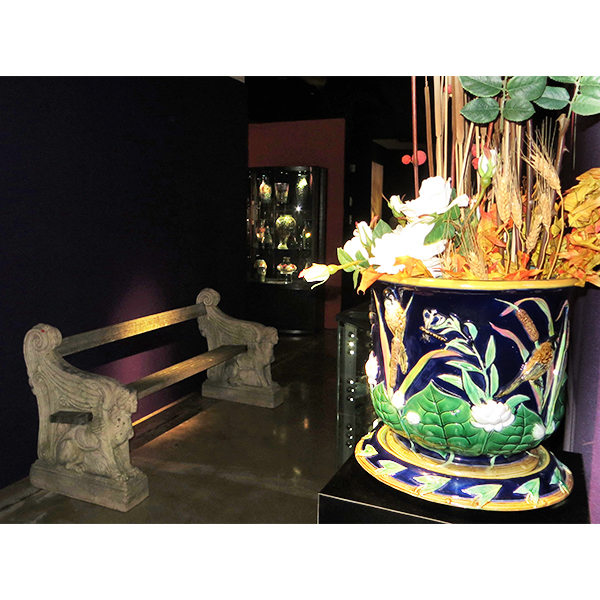
George Jones Majolica Jardiniere and Doulton Bench
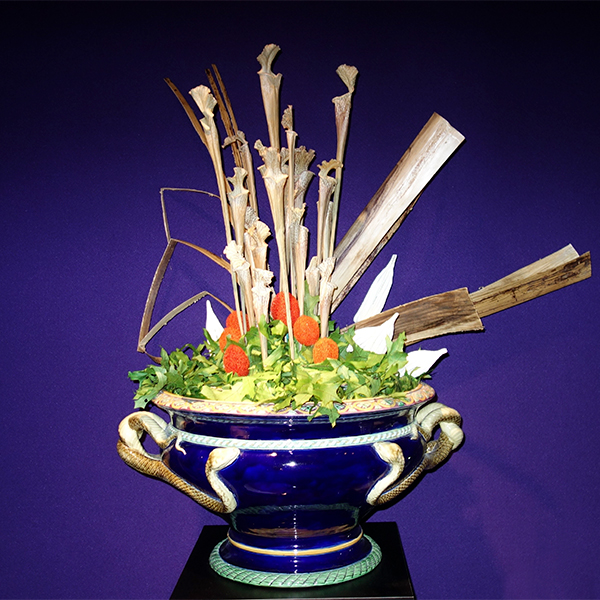
Minton Snake Jardiniere Suzanne Delawar Arrangement
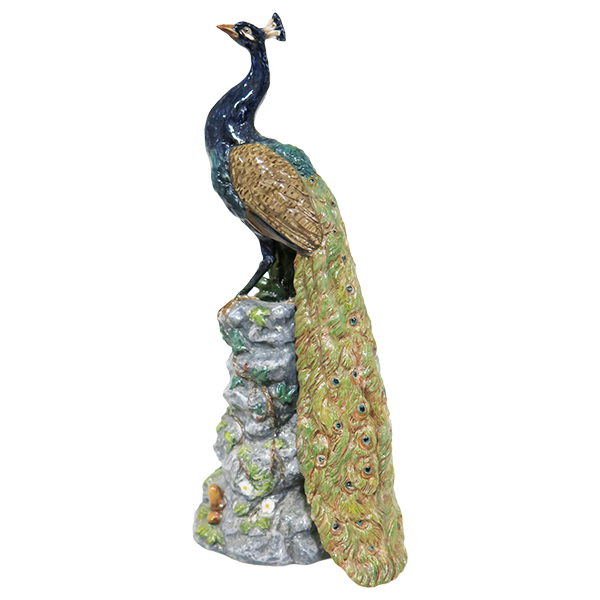
Miniature Minton Peacock Prototype
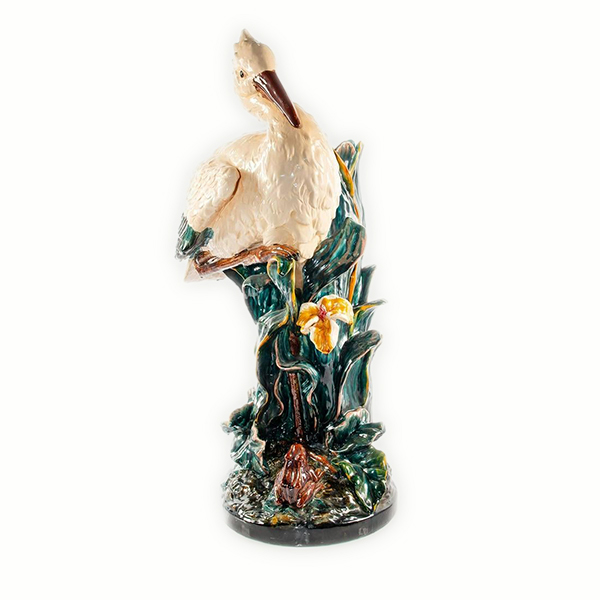
Monumental Majolica Stork
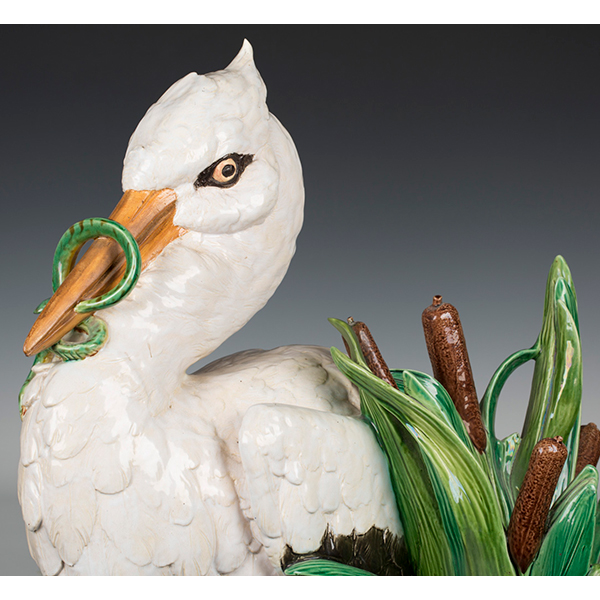
Minton Stork Detail
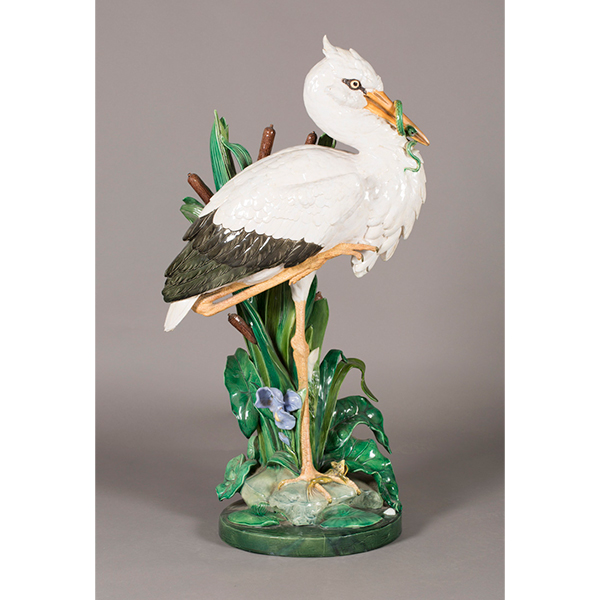
Monumental Minton Majolica Stork J. Henk
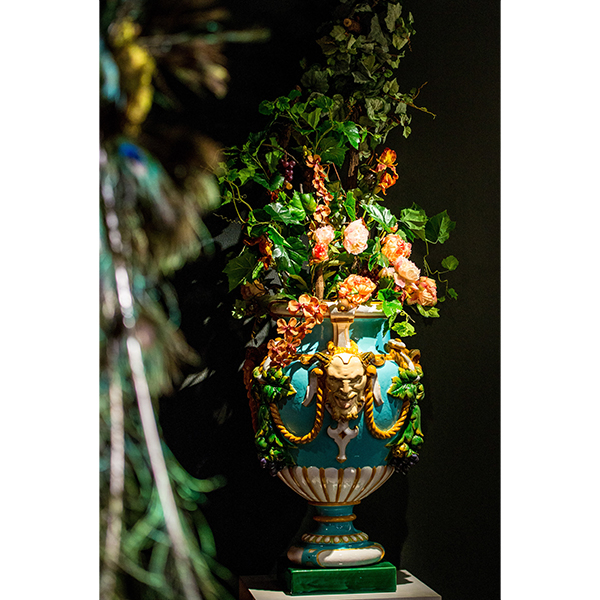
Monumental Minton Vase with Suzanne Delawar Arrangement
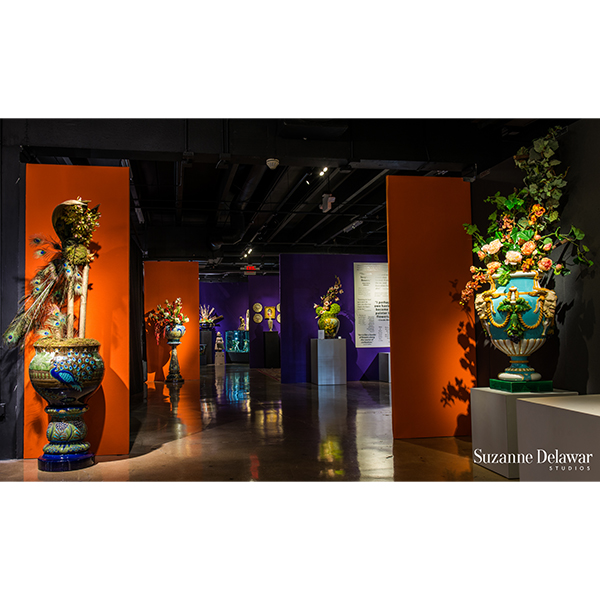
Seduction of the Flower Suzanne Delawar Studios
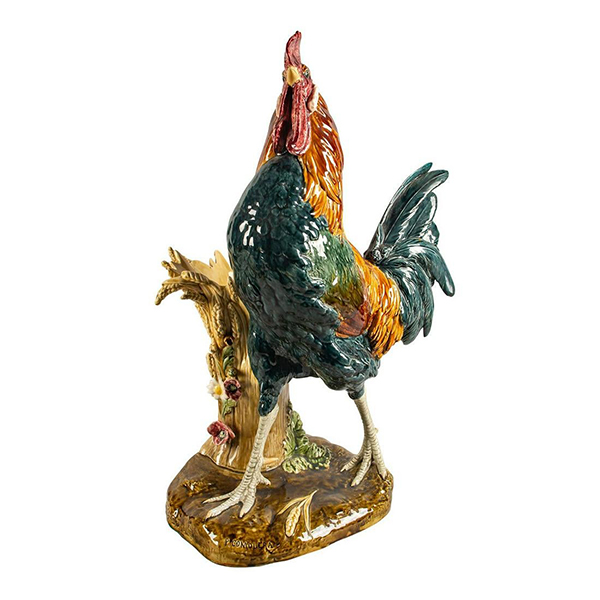
Boulanger et Cie Rooster P. Comolera
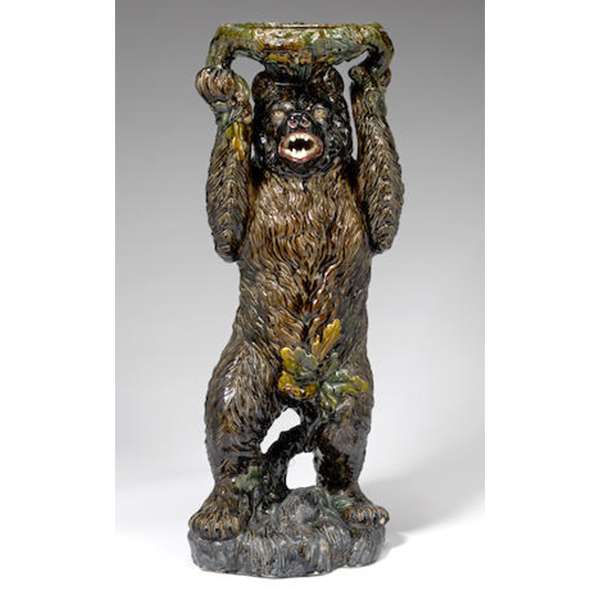
Lonitz Majolica Bear
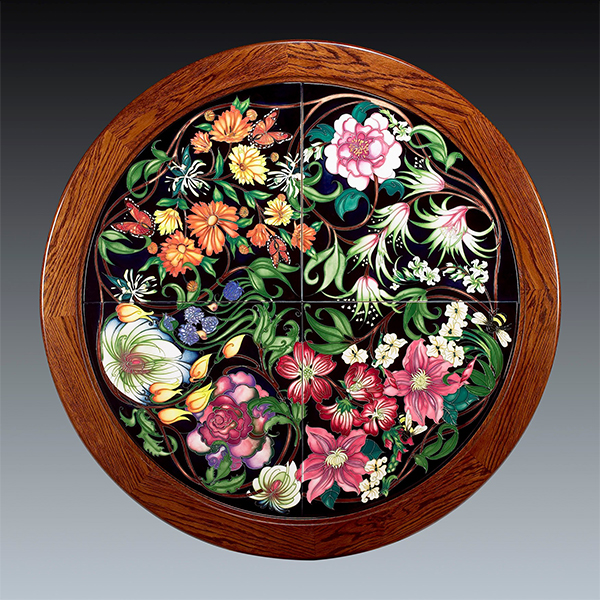
Moorcroft Tatton Table Top
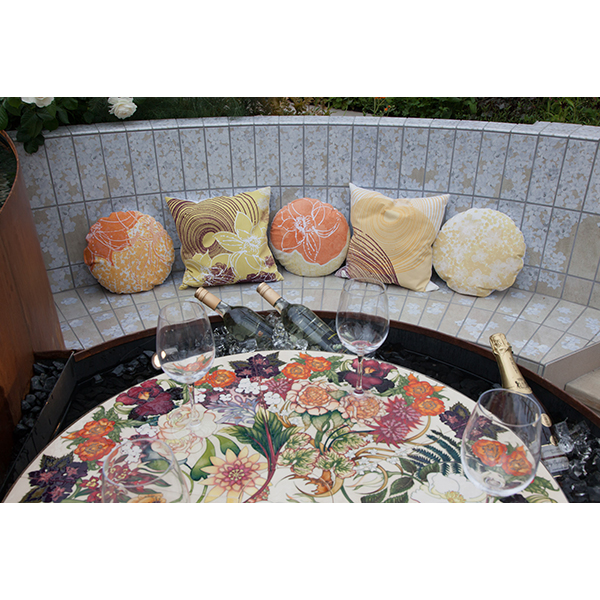
Moorcroft Table RHS Chelsea
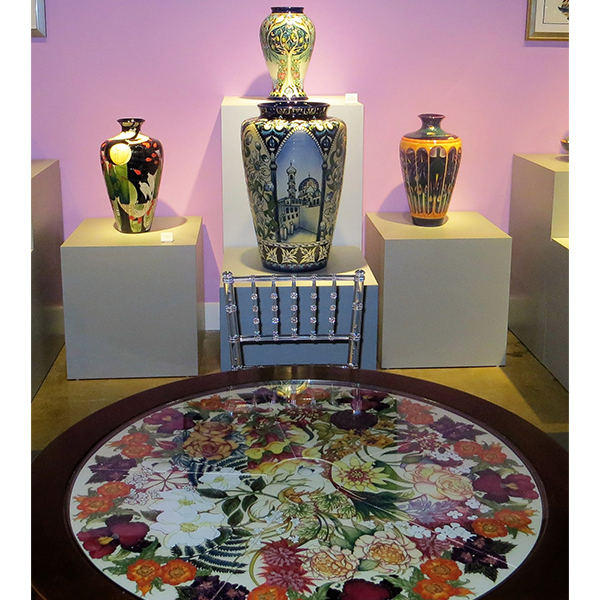
Moorcroft Gallery WMODA
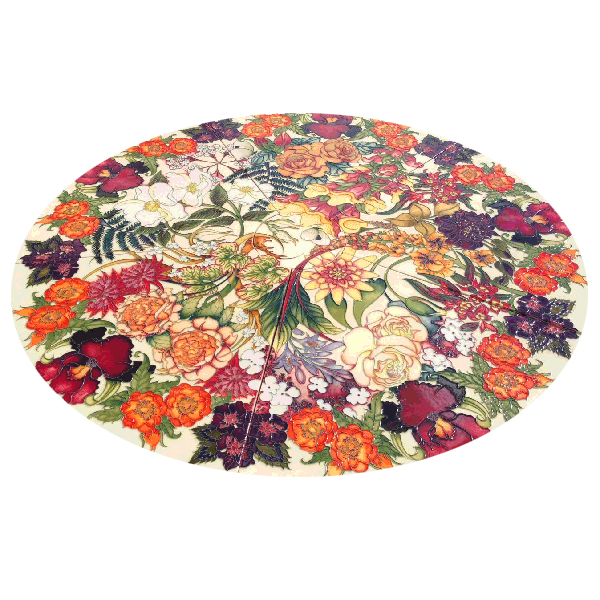
Moorcroft Chelsea Table
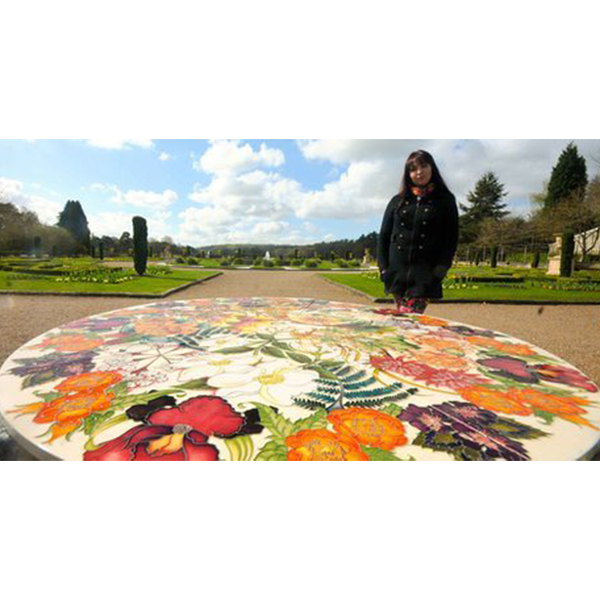
Moorcroft Chelsea Table RHS
